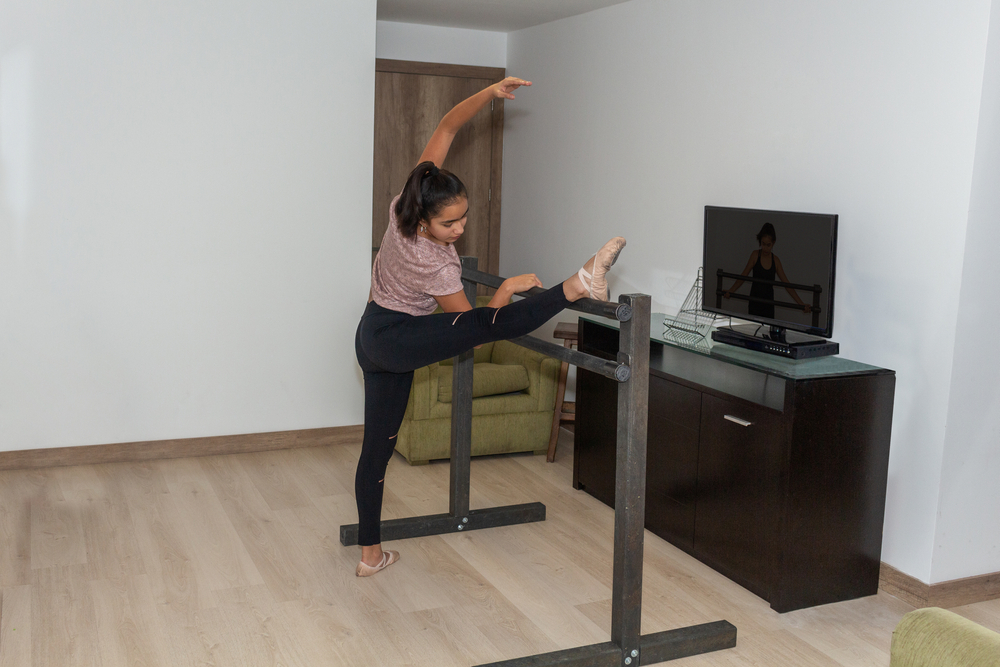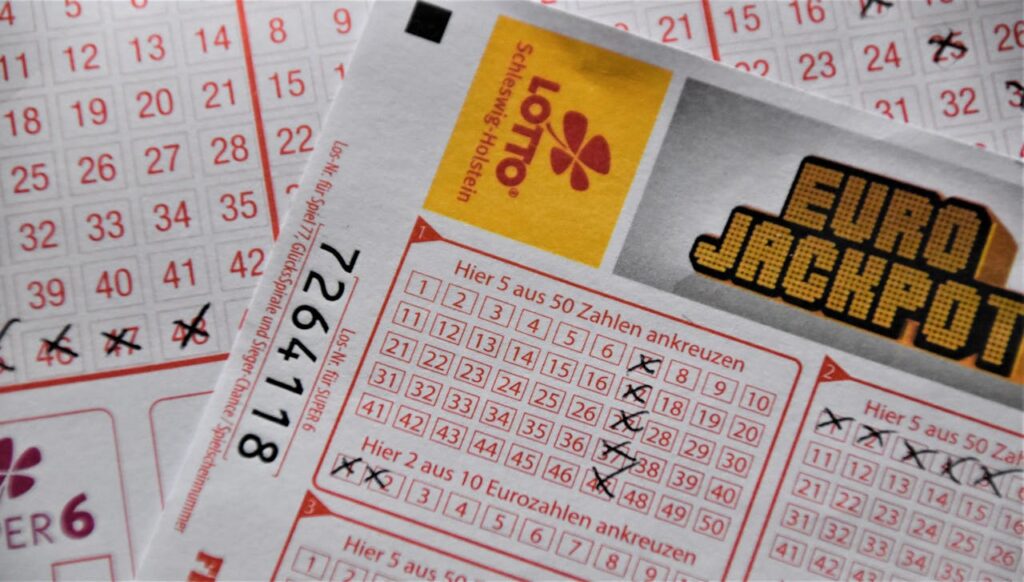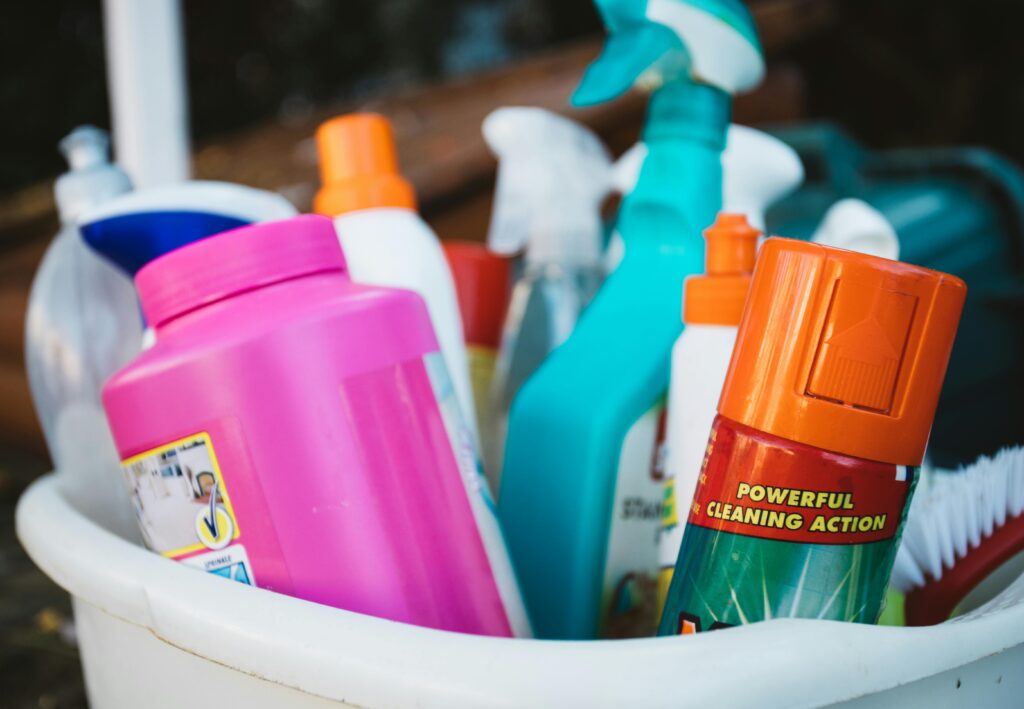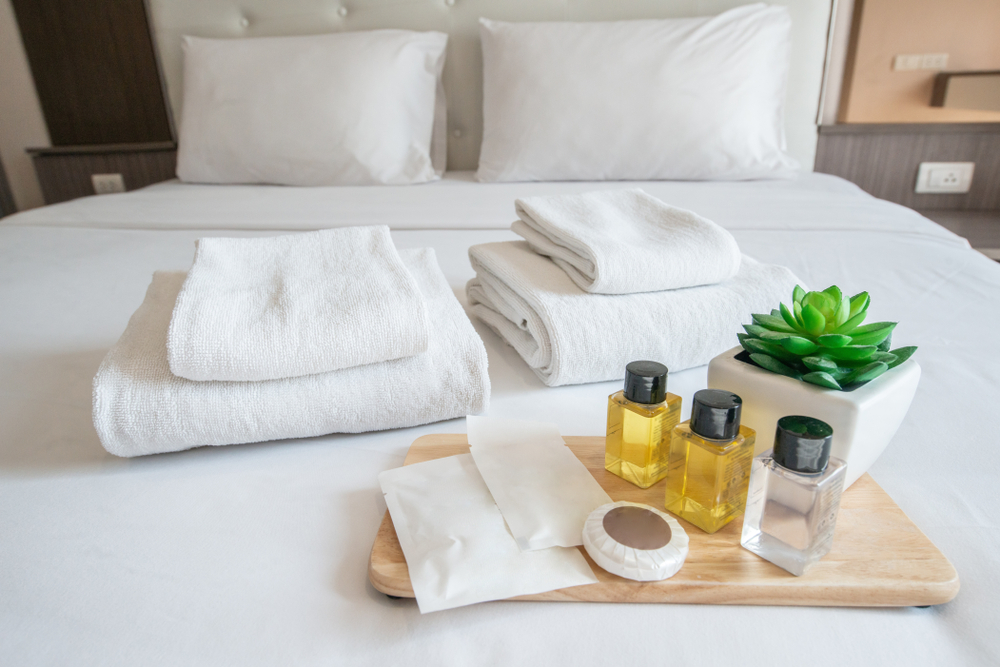Saving for the future is a priority for many millennials, but unnecessary expenses often get in the way. By cutting back on certain items, they can build better financial habits and secure their long-term goals. Here are a few things millennials can stop spending money on to start saving smarter today.
Gym Memberships

With the rise of free fitness apps, online workout videos, and outdoor exercise options, paying for a gym membership can seem unnecessary. The average gym membership costs around $40–$60 a month, adding up to $480–$720 annually. Home workouts with minimal equipment like dumbbells or resistance bands can provide the same benefits, and public parks offer free spaces for running or fitness circuits.
Subscription Boxes

Subscription boxes for beauty, clothes, or food can be fun, but they’re often filled with items you don’t really need. Prices vary, but most boxes cost $25–$50 per month, which can amount to $300–$600 a year. Cancelling these services can help you avoid accumulating unnecessary products and save hundreds annually.
Coffee Shop Lattes

Buying a daily latte can quickly add up. With an average price of $4–$6 per cup, even purchasing coffee three times a week can cost around $600 annually. Investing in a good quality coffee maker for your home allows you to enjoy your favorite drinks without the hefty price tag.
Dining Out

Eating at restaurants or ordering takeout regularly can drain your budget. A typical meal costs around $15–$20 per person, meaning dining out just twice a week could cost $1,500 annually. Cooking at home not only saves money but also gives you more control over ingredients and portion sizes.
Streaming Service Overload

While streaming services are cheaper than cable, subscribing to multiple platforms like Netflix, Hulu, Disney+, and HBO Max adds up. Each service averages $10–$15 per month. Canceling unused subscriptions or sticking to just one or two services can save you $120–$360 a year.
Fast Fashion

Cheap clothing that wears out quickly might seem like a good deal, but over time, the costs add up. The average fast-fashion shopper spends $500–$1,000 annually. Opting for higher-quality, timeless pieces that last longer will save you money in the long run and reduce waste.
Extended Warranties

Retailers often push extended warranties on electronics and appliances, but they rarely offer value. Most items either don’t break or are covered by the manufacturer’s warranty. Extended warranties can cost $50–$200 depending on the item, but many issues arise after the warranty period expires.
Bottled Water

Spending money on bottled water is not only costly but also wasteful. With the average price of a bottle around $1.50 and Americans consuming over 167 bottles per person annually, you could be spending around $250 per year. A reusable water bottle and a home water filtration system are more eco-friendly and cost-effective.
Excessive Data Plans

Many people overpay for unlimited data when they don’t use nearly as much. The average unlimited data plan costs $70–$80 per month, while smaller plans with limited data can cost $30–$50. Checking your actual data usage and downgrading to a cheaper plan can save you up to $600 annually.
Fancy Phone Upgrades

Buying the latest smartphone every year can cost $1,000 or more, especially with flagship models like iPhones or Samsung Galaxy. Older models often work perfectly fine for several years. Holding onto your phone for longer and skipping unnecessary upgrades can save you significant amounts of money.
Unused Gym Equipment

It’s easy to get caught up in the idea of building a home gym, but unused equipment like treadmills or stationary bikes can be costly. Prices range from $300 to $2,000, and if you’re not using them regularly, they become expensive dust collectors. Opt for low-cost workout routines that don’t require fancy equipment.
Cable TV

With so many affordable streaming services available, traditional cable is becoming obsolete. Cable packages can cost anywhere from $50 to $200 per month. Cutting the cord and using a combination of streaming services or free digital TV can save you hundreds of dollars annually.
Lottery Tickets

While the allure of hitting the jackpot is strong, spending money on lottery tickets is not a sound financial strategy. Even spending just $10 per week adds up to $520 per year. Instead, consider saving or investing that money for more guaranteed returns.
Impulse Purchases

Impulse buys, whether online or in-store, can add up quickly. Items you don’t plan to purchase often range from $10 to $50 or more. To avoid impulse buying, make a shopping list and stick to it, or wait 24 hours before making non-essential purchases.
Convenience Store Snacks

Quick stops for snacks or drinks can quietly drain your bank account. With prices 2-3 times higher than grocery stores, a few dollars here and there can turn into hundreds per year. Planning snacks ahead of time and buying in bulk at grocery stores can significantly reduce this expense.
Fancy Car Payments

Many millennials overspend on cars they can’t afford. The average car payment in the U.S. is around $500 per month. Opting for a used, more affordable vehicle or holding onto your car longer can save you thousands of dollars over the life of the loan.
Premium Gasoline

Unless your car specifically requires premium fuel, you’re wasting money by using it. Premium gas typically costs 20-40 cents more per gallon than regular, which can add up to $200–$400 annually. Most vehicles run perfectly well on regular gasoline.
Brand-Name Household Products

Many brand-name household items like cleaning supplies, paper towels, and personal care products have cheaper generic alternatives. These alternatives often perform just as well but cost up to 50% less. Over a year, switching to generic brands can save you $200–$300 on everyday essentials.
Designer Clothes and Accessories

Investing in high-end fashion pieces might seem appealing, but it’s a major drain on your budget. Designer items like bags or shoes can cost $500–$2,000 or more. Instead, look for quality mid-range alternatives that still offer durability and style without the hefty price tag.
Frequent Haircuts

Visiting the salon for haircuts every 4–6 weeks can cost $30–$100 per visit. By spacing out haircuts to every 8–10 weeks or learning to trim your own hair, you can reduce these expenses by half, saving around $300–$600 a year.
Luxury Vacations

Exotic destinations and 5-star hotels are great, but they often come with a steep price tag. The average international vacation costs $1,200–$5,000 per person. Choosing more affordable travel options, like budget airlines, local destinations, or alternative accommodations like Airbnb, can save you thousands annually.
Event Tickets

Concerts, sports games, and live shows are fun, but they’re not always affordable. Event tickets can range from $50–$500 depending on the venue and performer. Attending fewer events or opting for more budget-friendly experiences like local concerts or free events can help you save big.
In-App Purchases

Mobile games and apps often entice users with in-app purchases for extra features or content. While $2 here or $5 there might not seem like much, frequent purchases can easily add up to $100–$500 annually. Sticking to free versions or setting strict limits on spending within apps will help you keep this expense in check.
This article originally appeared on UnifyCosmos.
More from UnifyCosmos
24 Simple Tips to Supercharge Your Fitness Routine

From adjusting your workout techniques to incorporating new exercises, these tips will help you reach your fitness goals faster and more efficiently. Let’s dive into the best strategies to take your fitness to the next level. Read more!
20 Tips for Building Strong Professional Relationships

Here are 20 practical and modern tips to help you cultivate lasting professional relationships. Read more!
20 Healthy Eating Habits for a Balanced Lifestyle

What you eat can influence your energy levels, mood, and overall well-being. Incorporating the following habits into your daily routine can help you feel your best every day. Read more!
Leave a Reply